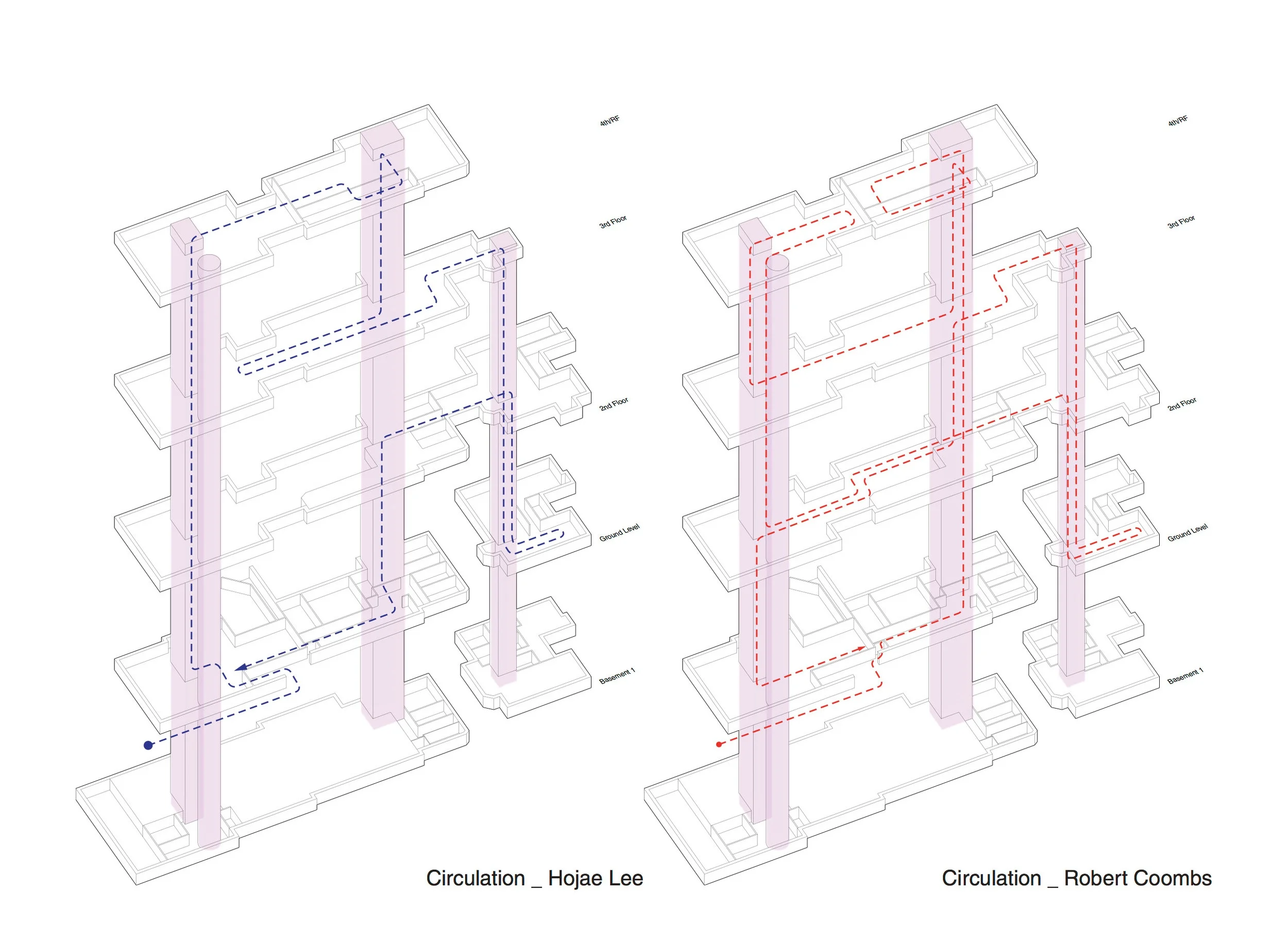MIXmuseum
Mission
MIXmuseum assembles an interdisciplinary team of inclusive design consultants and museum stakeholders (curators, educators and administrators) to collaborate with Case Study Partner Museums to develop and implement a Toolkit of Design Guidelines and Interdepartmental Engagement Practices to transform the key areas of the visitor experience – entry, circulation, restrooms, galleries – into accessible spaces that allow people of different ages, genders and abilities to mix.
Challenge
While art museums have been demonstrating their commitment to diversity through human resources, programming and curatorial practices, they are just beginning to explore the spatial needs of non-normative visitors who fall outside of the cultural mainstream and to look at design initiatives that go beyond mere code compliance.
Approach
MIXmuseum offers an alternative to the prevailing "separate-but-equal” approach to museum accessibility that focuses on physical accommodations like ADA-accessible ramps and entrances as well as educational programs like Touch Tours for the Blind and low vision and Sign-Language Tours for the Deaf and hard of hearing. Our goal is to create shared design solutions that allow the maximum number of non-conforming visitors to mix with friends, families and caregivers in the public spaces that shape the museum visitor’s experience.
Participatory End-User Feedback: MIXmuseum will work with Case Study Partner Museums to conduct surveys, focus groups, and workshops that draw from the lived experience and expertise of museum stakeholders and an intersectional sampling of museum visitors.
Outcome
MIXmuseum will collaborate with Case Study Partner Museums to develop a two-part Inclusive Design Toolkit that will include Design Guidelines consisting of standards and scalable prototypes and Interdepartmental Engagement Practices, a methodology for museum stakeholders to collaborate on projects informed by inclusive design principles.
With the support of the Museum Access Consortium and the Architectural League, we will share our findings by distributing the Toolkit to museums across the U.S., convening workshops, presenting design symposia and consulting with partner museums to adapt the Toolkit to their specific needs.
Audience
The Toolkit will benefit museum stakeholders, architects and exhibition designers. By tackling this issue from a broad cultural and historical perspective, our work will resonate with artists, art historians, and critics as well as students of art, architecture, and museum studies who are exploring inclusion and diversity in their own work and curriculums.
Case Study Partners
Partners that will work with MIXdesign to conduct in-depth studies of select Museums through End-User Focus groups and Participatory Design Workshops.
Museums
The Studio Museum in Harlem (NY)
Brooklyn Museum (NY)
Queens Museum (NY)
Museum of the City of New York (NY)
Cooper Hewitt, Smithsonian Design Museum (NY)
Walker Art Center (Minneapolis)
V&A Museum (London)
Nationalmuseum Sweden (Stockholm)
Serlachius Museum (Finland)
Design Museum Helsinki (Finland)
Museum of Finnish Architecture (Finland)
Design Advocates
The Architectural League of the City of New York
Museum, Arts and Culture Access Consortium
Universities
Yale University
Bartlett School of Architecture, University College London
Aalto University (Helsinki)



